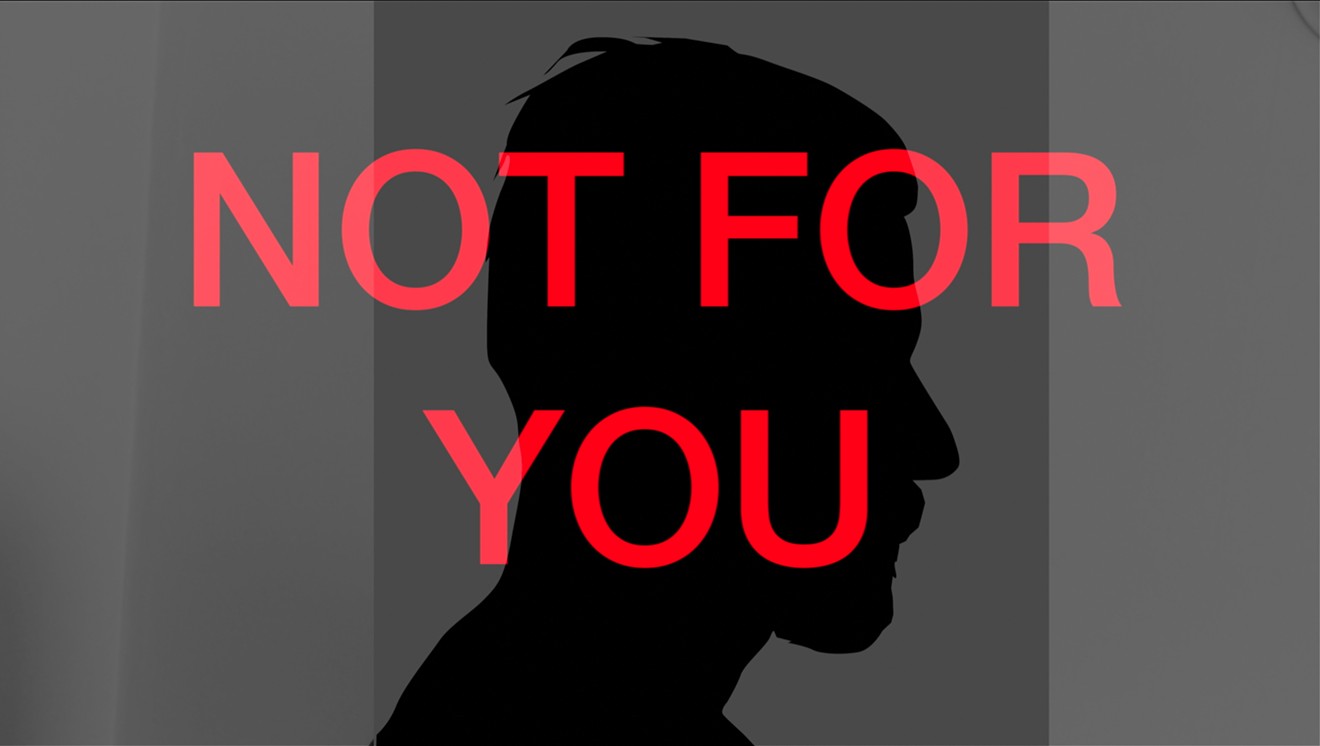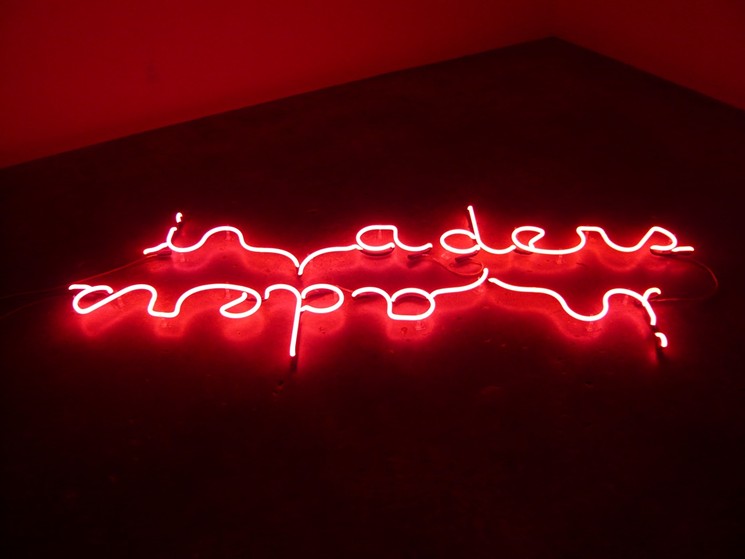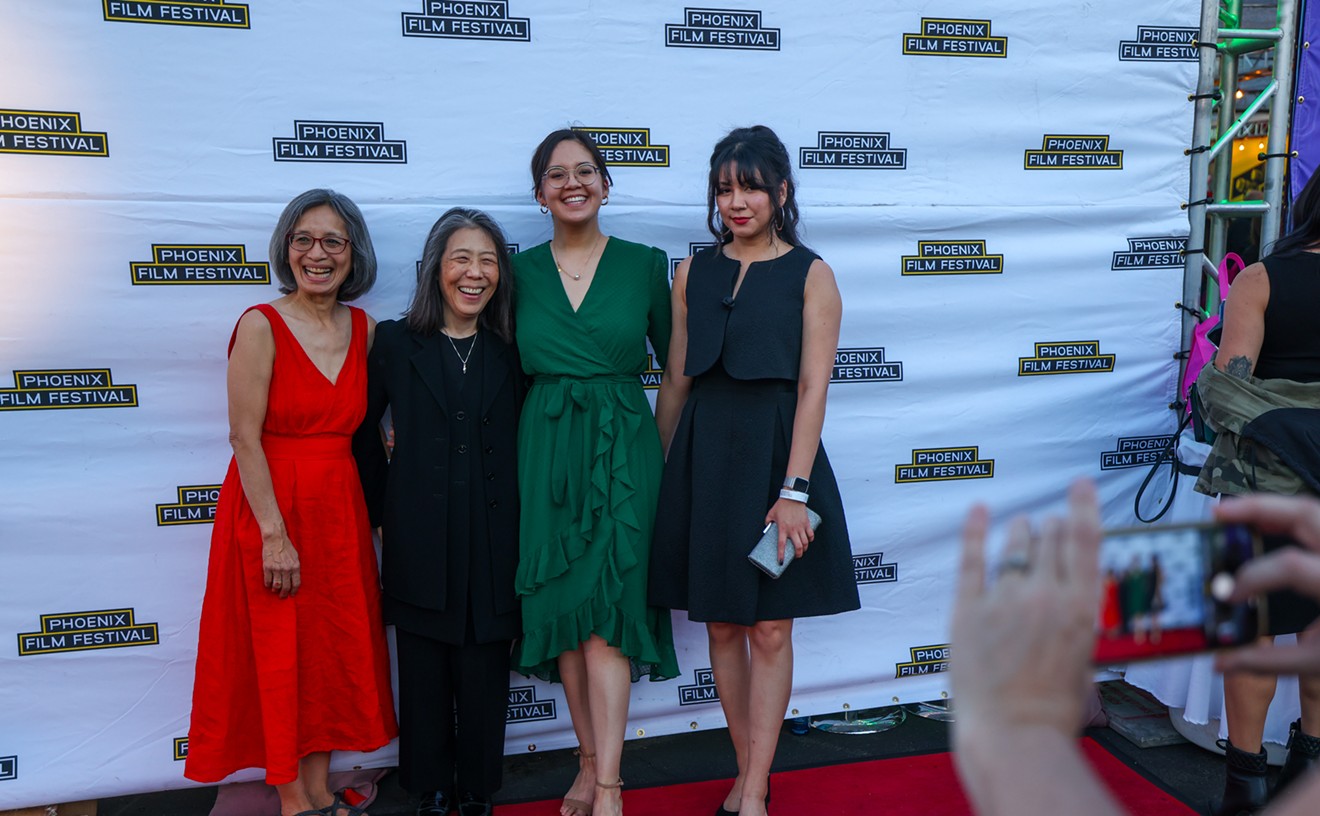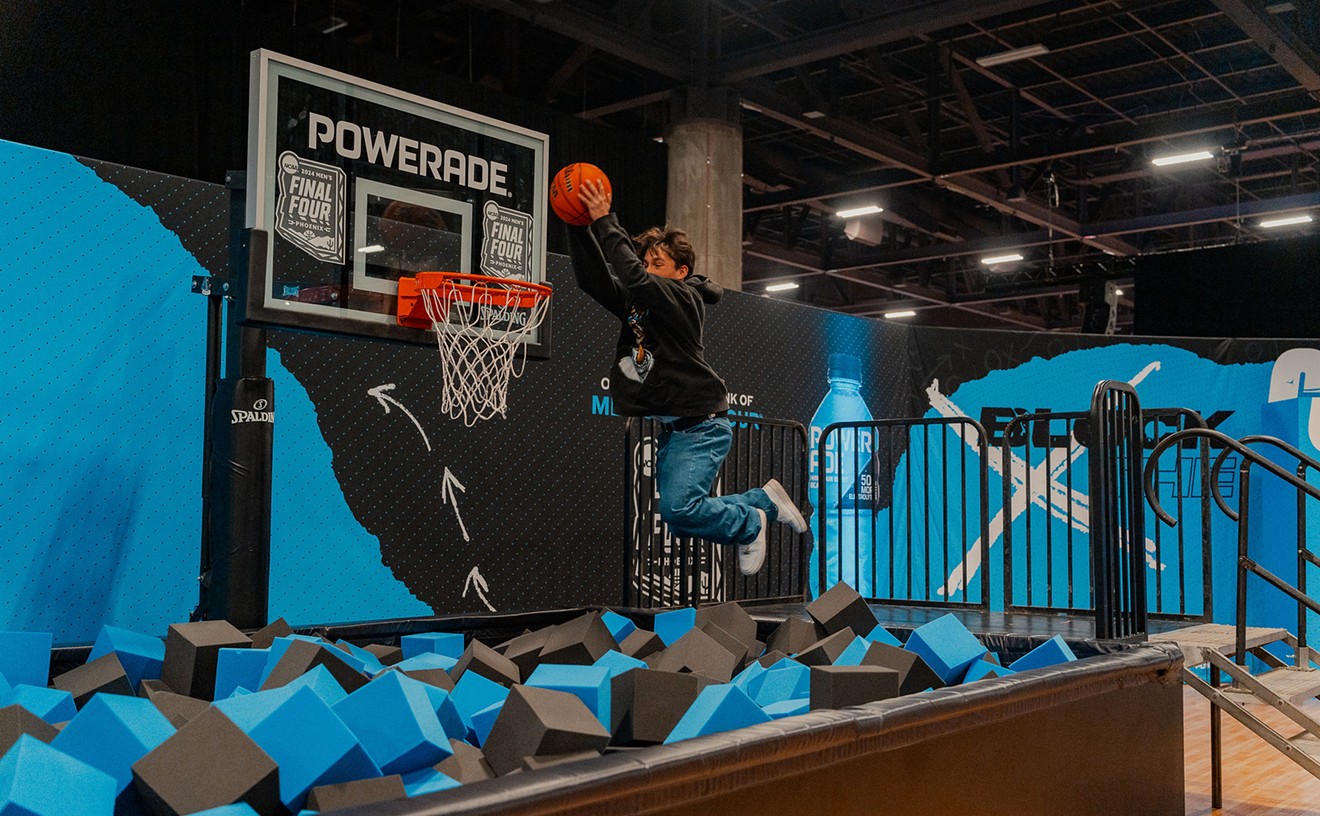Julio César Morales has a different take, informed by his own Mexican roots and actual experiences in the border regions that Trump only traverses during tiresome photo opportunities.
For his new “Invaders” exhibition at Phoenix Art Museum, Morales is showing artworks that reveal the realities of life along the U.S.-Mexico border.
The exhibition was a year in the making. So, although it’s well-timed to current events, it’s actually not intended to be a political statement. Instead, it’s a thoughtful consideration of the complexities of border life.
In his artist bio, Morales describes his work as “a confrontation of harsh violence, cultural slippage, and political negotiations that defines and animates the periphery between the two countries.”
Last year, Morales received the Scult Award at Phoenix Art Museum, which recognizes consistent artistic commitment, growth, and production. Award recipients get a cash award, and a solo exhibition at the museum the following year.
That’s how the “Invaders” exhibit came about. Turns out, it’s an effective counterpoint to rhetoric that paints the border in broad strokes of black and white, without capturing all the grey areas in its midst.
The exhibit reflects the ongoing art practice for the Tempe artist, who serves as curator for the ASU Art Museum. He’s represented by Gallery Wendi Norris in San Francisco. Gallery materials note that Morales “investigates issues of migration, underground economies, and labor on the personal and global scales.”
Here, Morales’ artwork spills beyond the gallery, into other museums spaces, the way border-related realities spread far beyond the strip of land that winds through wilderness and border communities.
Walking towards the gallery, viewers see a red neon line that bends and curves like the actual border between Mexico and the U.S. Installed at eye level, Broken Line (2018) challenges viewers to consider their own assumptions about the border, and the people who call the borderlands home.

Julio César Morales, Boy in Suitcase, 2015, HD animation video on 32 inch monitor.
Courtesy of Gallery Wendi Norris
Along one gallery wall, he's placed nine watercolor and ink drawings on white paper, set in simple black frames. He calls them Narco Headlines. Each comprises a simple phrase such as Mr. Potato Head Full of Ecstasy and Nuns Caught with Cocaine in Habits.
A small video monitor sits atop the concrete floor just under that staircase. Here, viewers see images of a small child, scrunched up inside a suitcase meant to help smuggle him across a border to be with his father. It’s a common theme in Morales’ work.
He’s created a whole series of ink and watercolor drawings depicting ways people hide inside objects, hoping to cross undetected across the border into the U.S. Where some see criminal activity, Morales sees the expansive creativity of those seeking a better life here. “Invaders” includes a work from that series called Undocumented Interventions #21. The drawing depicts a man who has folded his body in half at the waist concealed within one of two car seats.

Julio César Morales, Day Dreaming (detail), 2017, permanent pigment print on Hahnemüle 350 gsm paper.
Courtesy of Gallery Wendi Norris
“Invaders” includes a group of abstract images forming a line that runs down a gallery wall onto the gallery floor. They’re images of the border wall, overlaid with geometric shapes in colors drawn from objects found near the wall, from shoes to bottles.
Two particularly powerful works are set inside a darkened alcove. Morales’ experimental documentary video called Contrabando addresses the desperate actions people take for a chance at success. Another neon piece, pairing the word “Invaders” and its reverse mirror image below, gets at the essential question raised by Morales' artwork: Who’s invading who?
Collectively, these works heighten appreciation for the complexity of border-related issues, while highlighting the humanity of people facing challenges it’s impossible to grasp through sound bites and armchair puffery.













